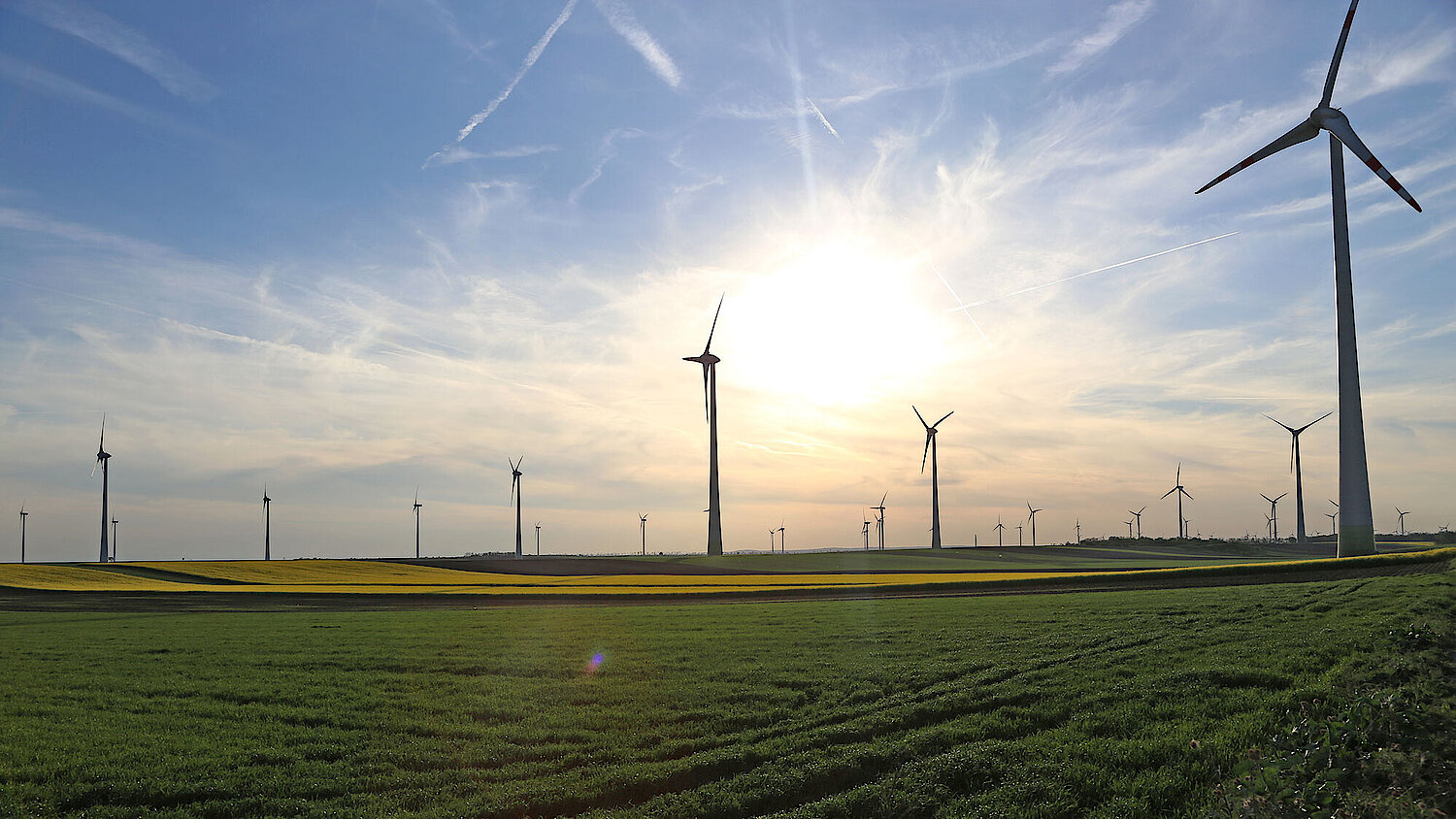Energy
A certain amount of energy is required in most areas of our everyday lives. Since the beginning of the 19th century the consumption of primary energy has increased dramatically. If energy is used efficiently, its consumption can be reduced and a sustainable energy policy pursued. This will help to reduce emissions and the consumption of resources on the one hand, and increase the security of the supply of energy on the other.

Renewable energy sources, which have a long tradition in Austria (e.g. hydropower, forests) provide an alternative to the current dependence on fossil energy sources. According to a White Paper of the European Union, the share of renewable energy sources in the EU’s energy consumption was to be 12% in 2010. The Green Electricity Act defines wind energy, along with sun and geothermal energy, hydropower, biomass, and landfill and sewage gas as renewable energy sources.
The most energy intensive sectors are households, the manufacturing industry and transport. Final energy consumption has been increasing steadily in the past few years, primarily due to an increase in the (energy) consumption on the part of the consumers, a trend which has been especially noticeable in the transport sector. After the economic crisis of 2008, final energy consumption went down to the levels of 2003, with the largest reduction in the transport sector. This reduction resulted in an increase in the share of renewable energy sources in the total energy consumption from 28.0 to 30.1%. In 2010 final energy consumption rose by 5.6% over 2009 levels, thus reaching a level that was significantly above the level recorded in 2008. Despite this increase in final energy consumption, the share of renewable energy recorded in 2010 (30.8%) had remained almost constant since 2009 (30.9%).
Energy and environmental accounting
As part of the environmental accounts, energy accounts display the supply and use of energy resources. Energy accounts use the structure of the national accounting system although they are more detailed. This means that the supply side is broken down into energy resources (corresponding to the energy balance), while the use side allocates the consumption of energy directly to private households and economic sectors at ÖNACE 2-digit level.
